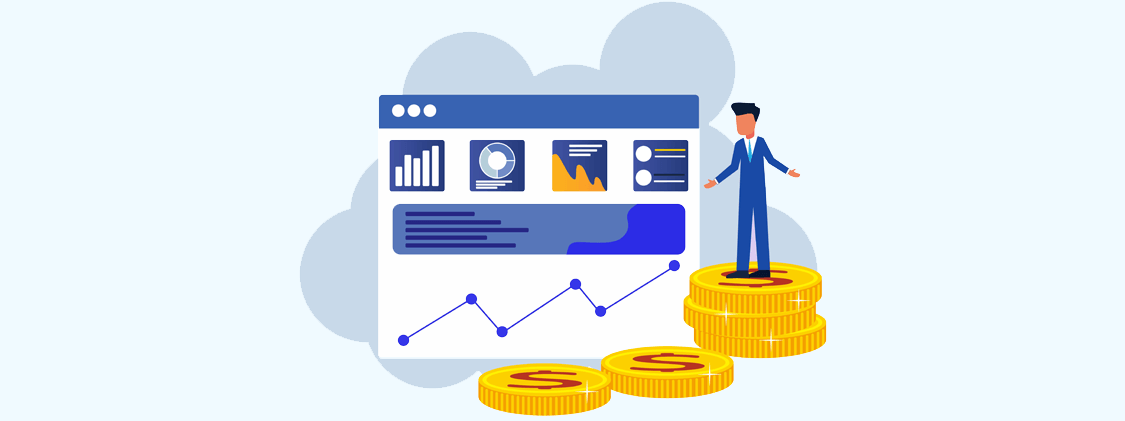Planning for SaaS Application Development
SaaS is huge. The global SaaS application market is estimated to surpass $140 billion with more than 80% of all apps being SaaS by the end of 2022. Although cloud applications aren’t the solution for every business case, the SaaS model has grown in popularity because it offers great advantages to consumers and developers. If you are considering building software as a service, we suggest that you consider a few prerequisites for SaaS application development. Knowing where you are and where you’re going won’t guarantee success, but it will certainly reduce risk. Here are a few questions to ask yourself before you start.
What Is Your Domain Experience?
Inspiration for building any software should start with some industry knowledge. It’s far easier to write a banking app, for example, if you have domain experience in banking. Yes, there may be outliers in utilities or new fields if you have tremendous passion. For the most part, though, you’ll be best served by fully understanding the problem you’re trying to solve.
Do You Have Technical Expertise?
Take stock of the technical expertise on your bench. Do you already have experience with a specific technology stack? If so, it may be the right platform — but the SaaS space may not be a fit. Just “catalog” what you know before evaluating your technology options. If you don’t have all the resources needed, you can outsource. For example, you may have programmers but need UX designers or cloud hosting support. We provide many such services.
What Will Your SaaS Revenue Model Be?
What is the market like in your industry? What kind of pricing models are already in place? You may shake things up, or you may be blindsided by something far more affordable or sustainable. In addition to a mini-competitive analysis, consider how you’d want to build a revenue stream (e.g., free trials, monthly subscriptions, annual contracts). If you’re not familiar with SaaS pricing models, check this SaaS pricing guide out.
Have Your Created a Product Roadmap?
You should have a solid idea of the jobs your SaaS application needs to perform. Ideally you have a full list of prioritized features. If you need to build a list, see if you have competitors who have already gone to market. What do they do? What could you do better? Note, to be successful, you must differentiate your SaaS product and brand. You have to stand out because you do things better, faster, and easier than anyone else.
Have You Considered a Service Roadmap?
Have you mapped your customer journey? Onboarding for SaaS applications should not be underestimated. Churn is your enemy — so getting users from “what’s this?” to “how do I use it?” to “AHA!” is critical. It’s one thing to get a sign-up, but it’s another to make a breakthrough in productivity. Onboarding and customer service are what allow you to grow your SaaS user base. Do you have to import data? Do you need a phone line, email, or chat to provide support? Is there an upsell path to more features? Is there a referral program (for advocates)? Service design is perhaps as important as having a solid application. You really can’t afford to do either one poorly.
Where Will You Host Your SaaS App?
Please don’t run SaaS out of your office! The cloud should be your home. AWS, Microsoft Azure and Google Cloud are all viable options. If your technical expertise is light, consider engaging a managed services partner (MSP) who can build and support your tech stack. You don’t have to use an MSP forever, but it’s better to start on the right foot than learn by making all the mistakes…
Planning Your SaaS Application Development Approach
If you’ve read this far, you’re most likely on the verge of making some critical decisions about building software as a service. We’ve built numerous SaaS applications over the years, and we’ve seen/made mistakes along the way. The better you plan your SaaS project, the better chance you have at success. “Knowing what you don’t know” is a strength. Hire for, or outsource, those weaknesses. You have to get as far as you can as fast as possible. Sometimes you’ll be “over your skis” and other times you’ll suffer analysis paralysis. We encourage up-front planning rather than after-the-fact repair, because in the long run, technical debt will extract its interest. After all, the opportunities are immense in a SaaS world.


Leave A Comment